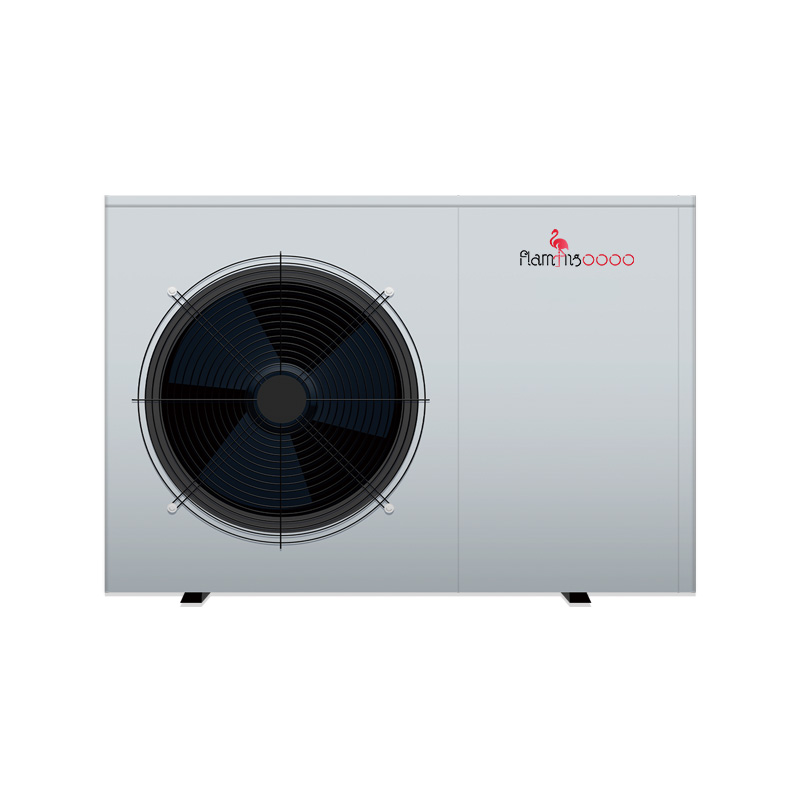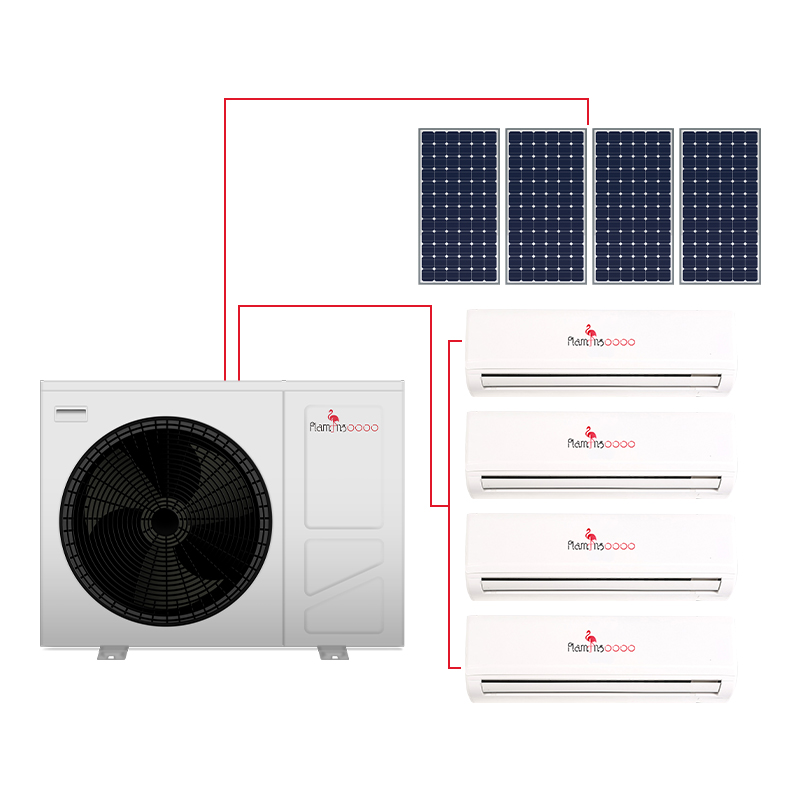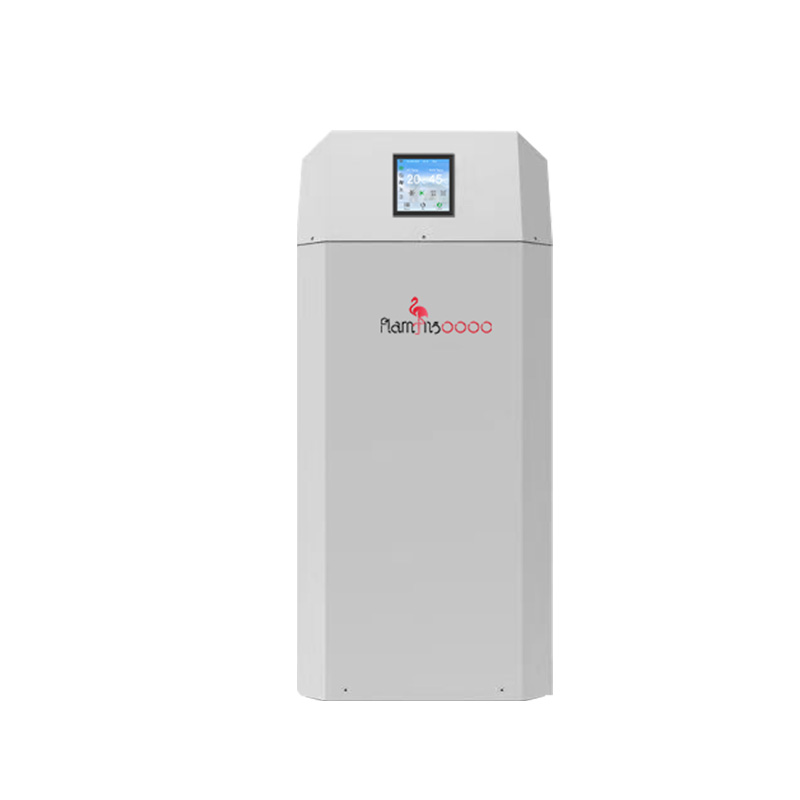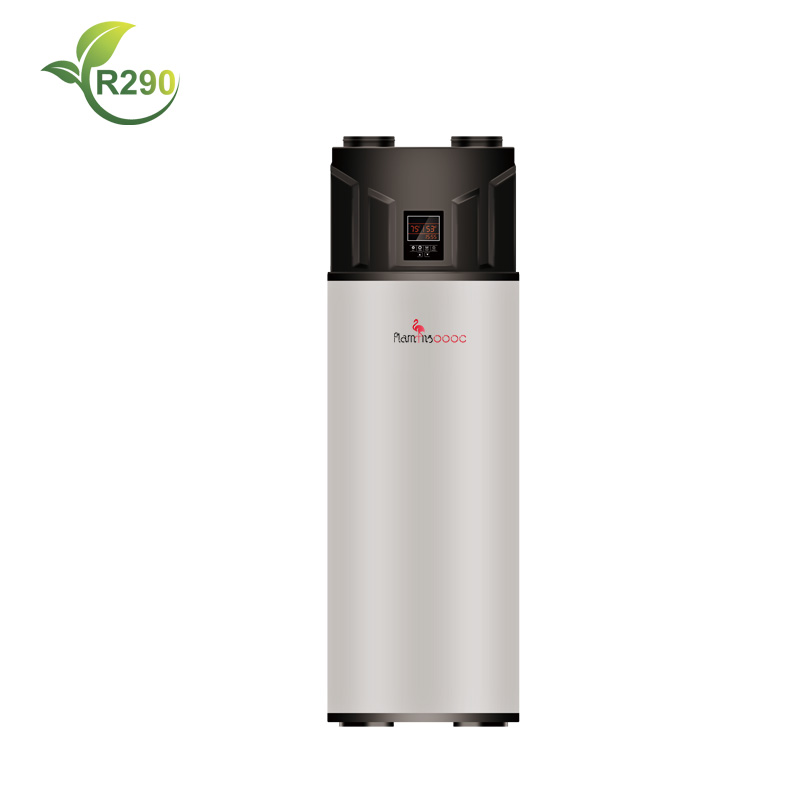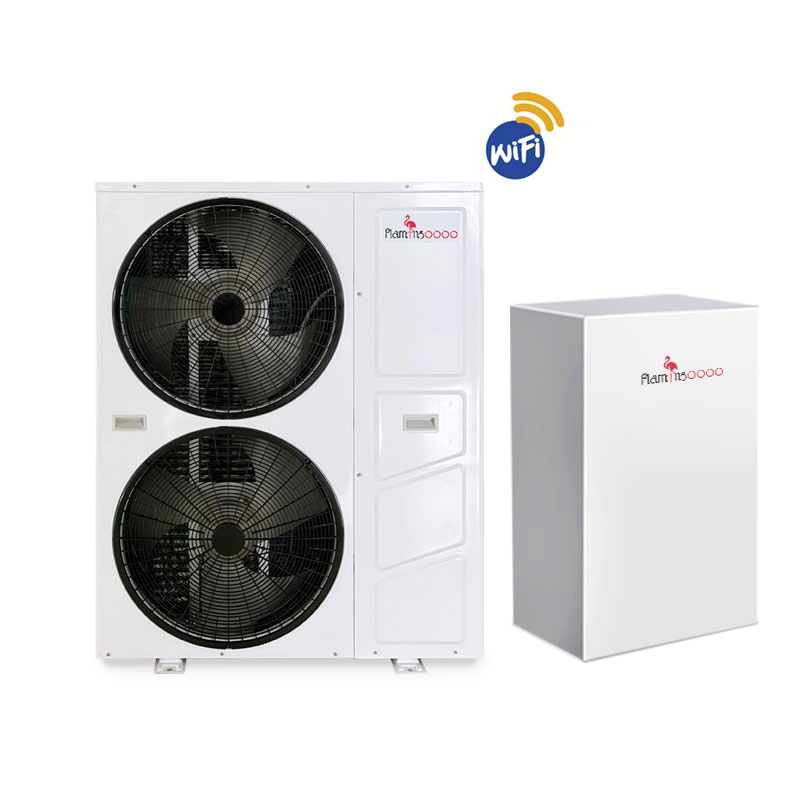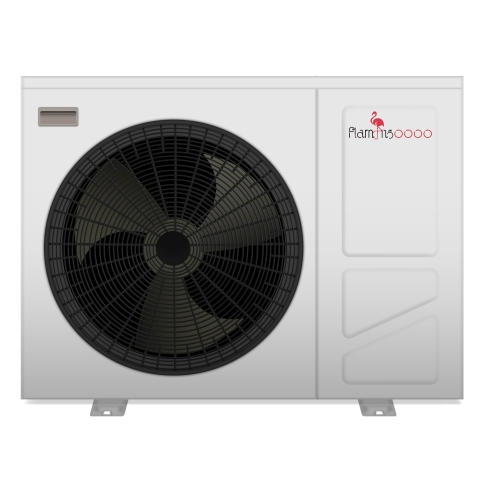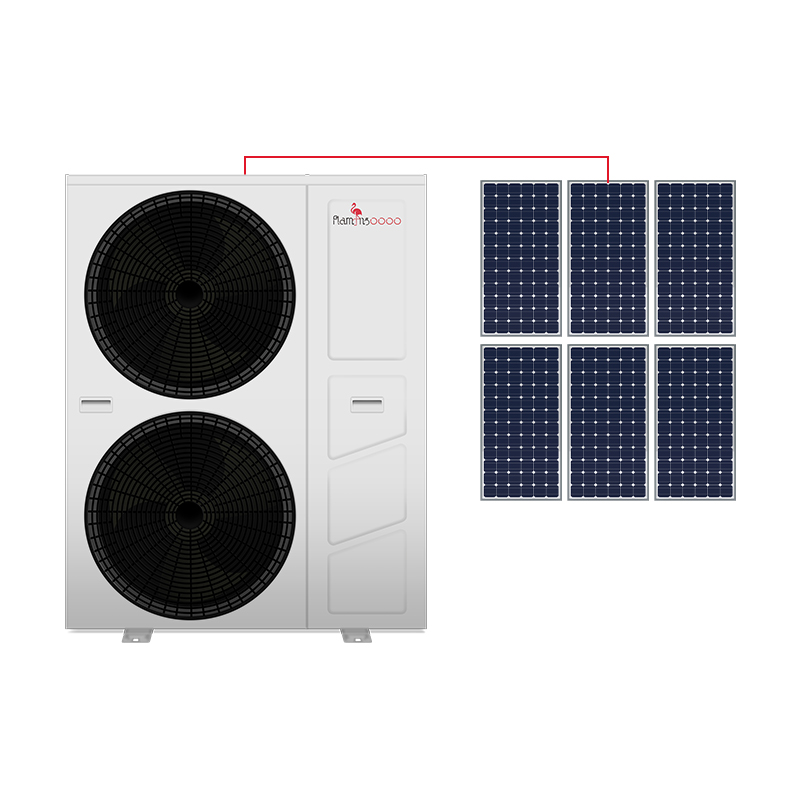An air source heat pump (ASHP) is an innovative and sustainable technology that plays a crucial role in heating and cooling residential and commercial spaces. This advanced system operates on the principles of thermodynamics, leveraging the heat available in the ambient air to provide an energy-efficient and versatile solution for maintaining indoor comfort. In this comprehensive exploration, we will delve into the intricate workings of ASHPs, their environmental impact, energy efficiency, applications, and the factors influencing their effectiveness.
Introduction:
At its core, an air source heat pump is a mechanical system that transfers heat energy between the outdoor air and an indoor space. Unlike traditional heating systems that generate heat through combustion, ASHPs work by extracting heat from the surrounding air, even in relatively cold temperatures. This extracted heat is then used to warm the interior of a building. The versatility of ASHPs is further enhanced as they can also operate in reverse, providing cooling by removing heat from the indoor air and releasing it outdoors.
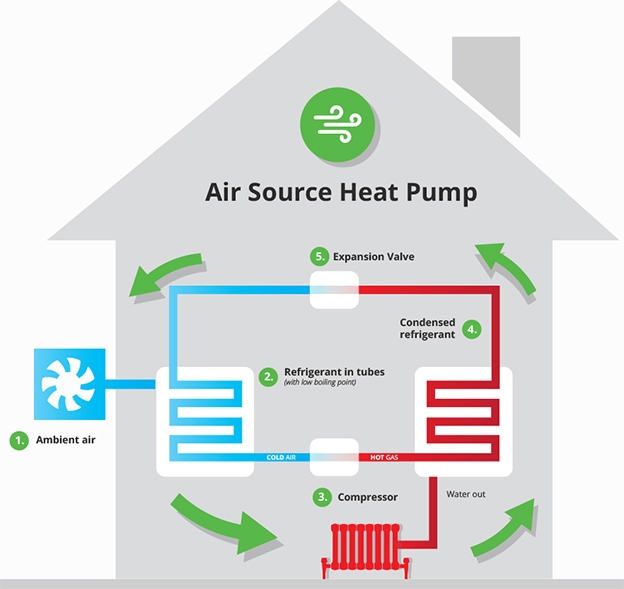
Operating Principles:
The operation of an ASHP involves a cyclic process of compression, condensation, expansion, and evaporation. In the heating mode, the refrigerant within the system absorbs heat from the outdoor air through an evaporator coil. This low-temperature, low-pressure refrigerant is then compressed, increasing both its temperature and pressure. The hot, high-pressure gas releases its heat to the indoor space through a condenser coil, and the refrigerant, now in a liquid state, undergoes expansion before repeating the cycle.
For cooling, the process is reversed. The refrigerant absorbs heat from the indoor air, is compressed, releases heat outdoors, and expands again to repeat the cycle. This dual functionality makes ASHPs a compelling and efficient choice for year-round temperature control.
Environmental Impact:
ASHPs are recognized for their environmentally friendly attributes. By extracting heat from the air, they minimize reliance on non-renewable resources and reduce carbon emissions compared to traditional heating systems. Additionally, advancements in refrigerant technology aim to address concerns about the environmental impact of certain refrigerants used in ASHPs. The industry is increasingly shifting toward refrigerants with lower global warming potential (GWP) to enhance the overall sustainability of these systems.
Energy Efficiency:
One of the key advantages of ASHPs is their energy efficiency. Unlike resistance heaters that directly convert electricity into heat, ASHPs move heat from one place to another, requiring less electrical energy input. The efficiency of ASHPs is often measured by the Heating Seasonal Performance Factor (HSPF) in heating mode and the Seasonal Energy Efficiency Ratio (SEER) in cooling mode. Higher HSPF and SEER values indicate greater efficiency.
Applications:
ASHPs find application in a variety of settings, including residential homes, commercial buildings, and industrial facilities. They are particularly well-suited for regions with moderate climates, where the outdoor temperatures rarely reach extremes. ASHPs can be employed for space heating, water heating, and air conditioning, providing a versatile and comprehensive solution for climate control.
Factors Influencing Performance: Several factors can influence the performance of ASHPs, and careful consideration of these elements is essential for optimal efficiency. Some of the key factors include:
Temperature Extremes: ASHPs may experience reduced efficiency in extremely cold temperatures. Supplemental heating methods or alternative solutions may be needed in colder climates.
Insulation: The effectiveness of ASHPs is closely tied to the insulation levels of the building. Well-insulated structures retain heat more effectively, reducing the workload on the ASHP.
System Sizing and Design: Proper sizing and design of the ASHP system are critical. Oversized or undersized systems can lead to inefficiencies and increased energy consumption.
Maintenance: Regular maintenance, including cleaning coils and checking refrigerant levels, is crucial for ensuring the continued efficiency and longevity of the ASHP.
Refrigerant Choice: The choice of refrigerant can impact both the performance and environmental footprint of ASHPs. Ongoing research and development aim to identify and implement refrigerants with minimal environmental impact.
In conclusion, air source heat pumps represent a transformative technology in the realm of HVAC systems. Their ability to harness heat from the ambient air, coupled with dual functionality for heating and cooling, makes them a sustainable and energy-efficient choice for a wide range of applications. The ongoing advancements in technology, coupled with a growing emphasis on environmental sustainability, position ASHPs as key players in the transition to more eco-friendly and energy-conscious heating and cooling solutions. As the world continues to address the challenges of climate change, air source heat pumps stand as a testament to the innovation and progress driving the pursuit of greener and more sustainable living.


